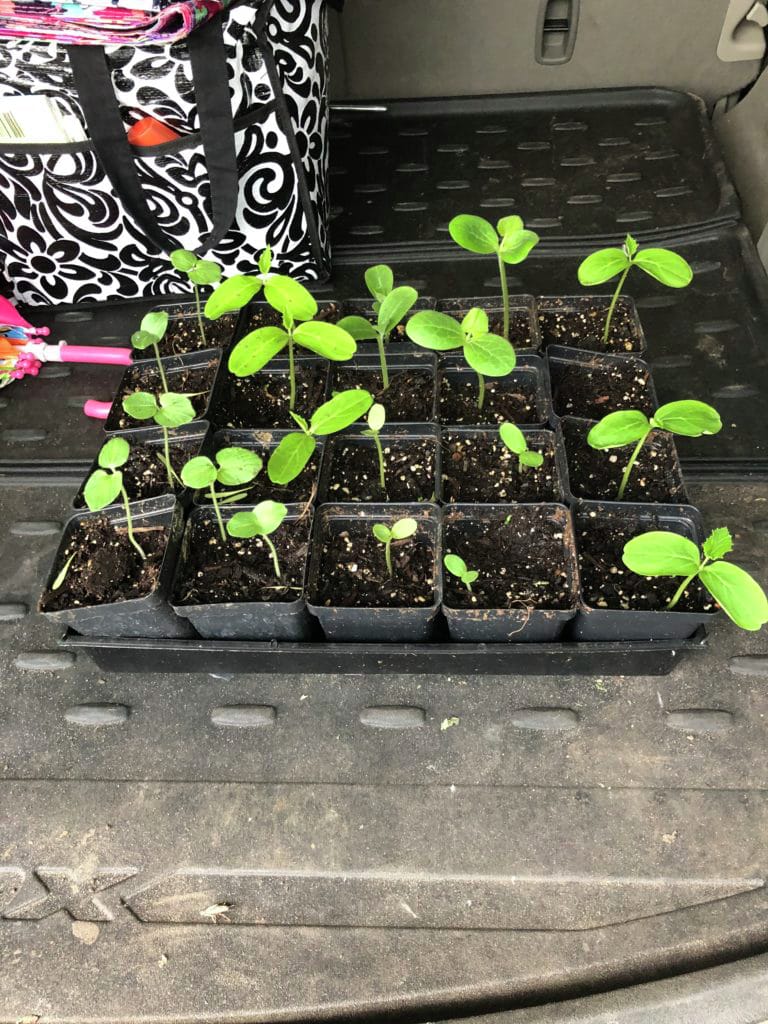 Learn how to grow seedlings for the vegetable garden:
Learn how to grow seedlings for the vegetable garden:
- You'll need fresh seeds. Seeds do not last forever unless you keep them frozen, yet some do not survive defrosting. Seed packages have the season stamped so you can check if they are fresh. Johnny's Seeds and Baker Creek Heirloom Seeds are my favorites if ordering online.
- A good source of light, especially if you do it indoors. Here in Houston, a window with South light or a south-facing porch. I don't recommend doing it in an open backyard. Roof protection is needed.
- Consult your planting schedule to determine when to start each kind of seed. In Houston, go to the Urban Harvest website and click on the Seasonal planting guide. Overall, you need to do it one month before placing the plant in the garden. Make sure that the vegetable can be transplanted. In Houston, we generally transplant Tomatoes, eggplants, peppers, cauliflower, broccoli, and cabbage.
- Always use potting soil. No garden soil. And if possible, use new newly purchased soil to reduce the risk of diseases that may affect your seeds. Also, you can grow without soil in specific mediums sold for this purpose.
- Wet the soil before planting and place it into containers. Sow your seeds according to the instructions in the package. The depth is equivalent to 3 times the seed's diameter. Cover with soil and water.
- Place one seed in each small container. The ideal depth of about 8 cm or 2" for the container.
- Watering should be gentle. Or you can dip containers into 2-3 cm water for 15 minutes. It is crucial that if you water from above, you make sure that the water reaches the base, so your seedlings will form deep roots. The soil should always be moist but not wet.
- Always label with the name of the seed the container and keep the package for future reference.
- When the seedlings have two true leaves, I mean those that follow the first ones. You should start fertilizing with a liquid fertilizer diluted to half-strength.
- The speed of germination is dependent on temperature. Here in Houston, the first leaves appear in 2-3 days. If the soil temperature exceeds 25C, you should cover it with plastic to trap heat. Remove as soon as the first leaves appear.
- If the seedlings are outside, remember to monitor and remove fallen leaves that are deprived of light in your plants daily.
Visit our collection of articles on how to grow vegetables in Houston and How to grow lettuce in Houston.
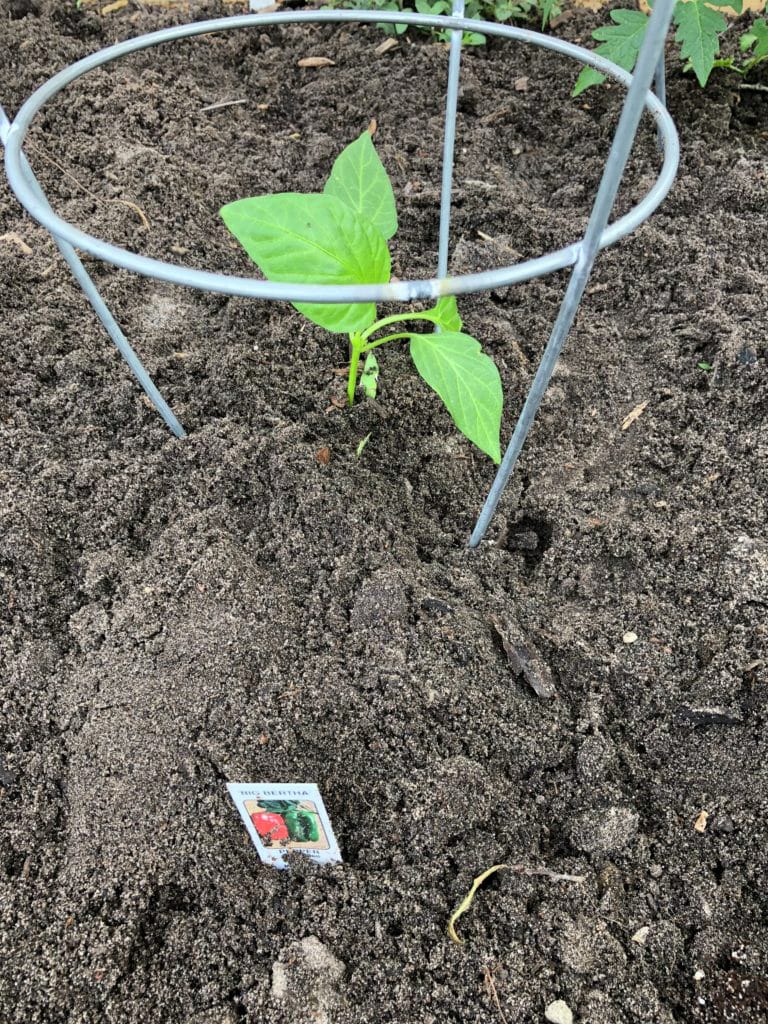
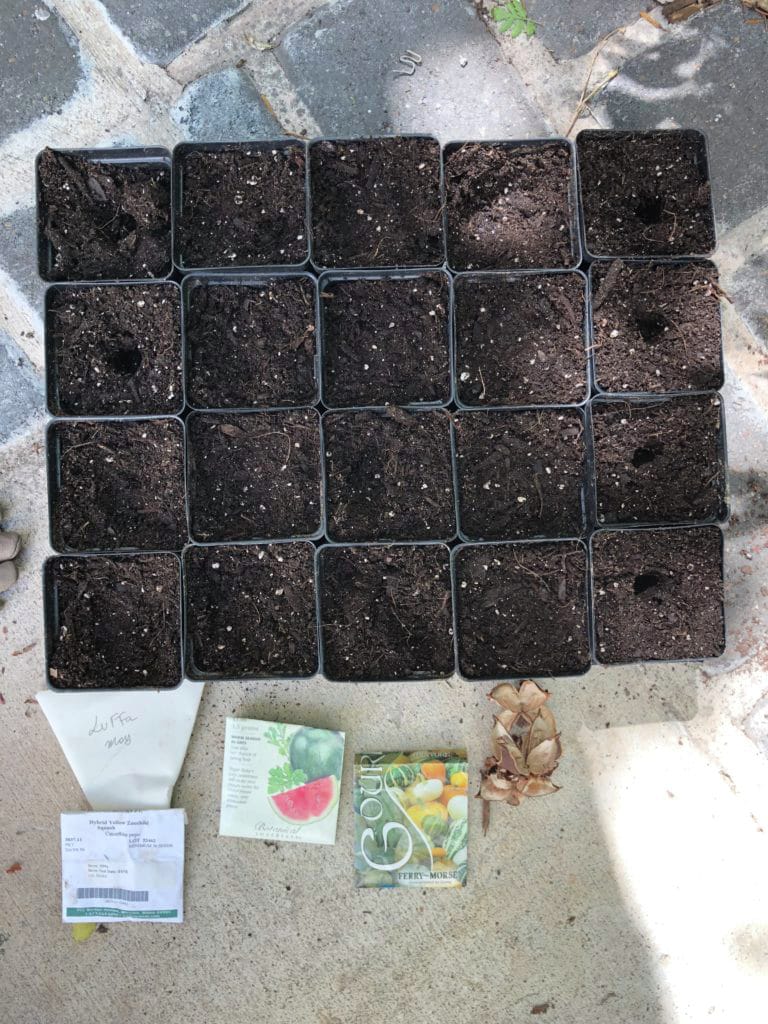
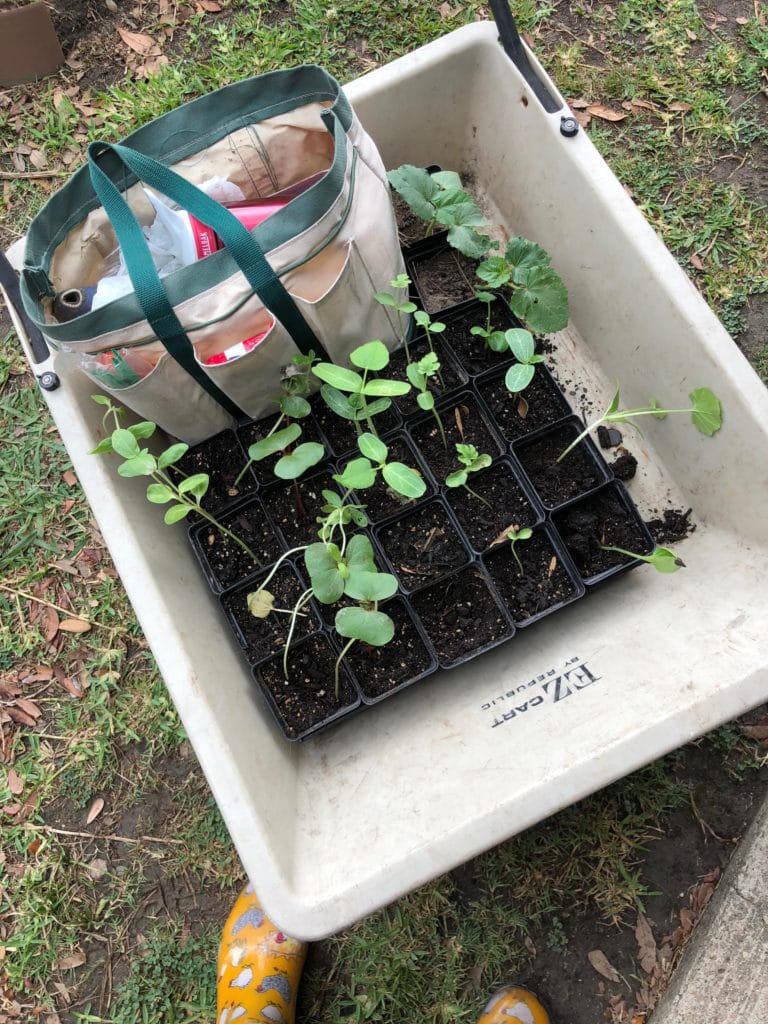
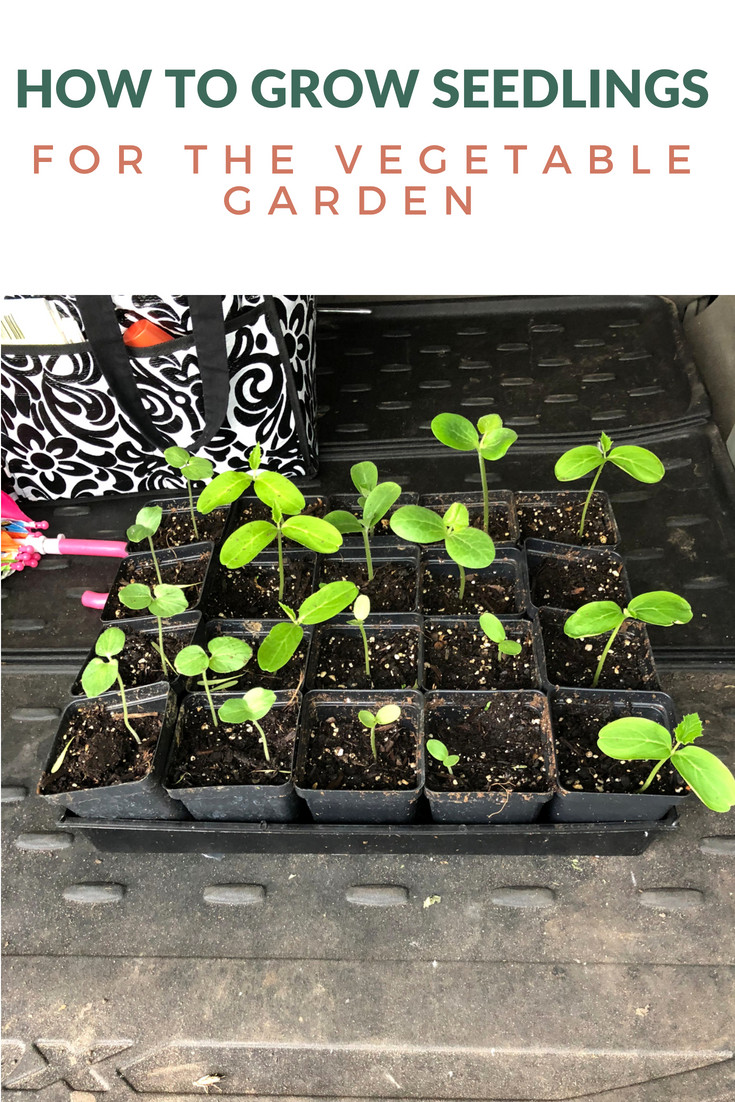

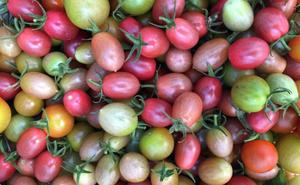
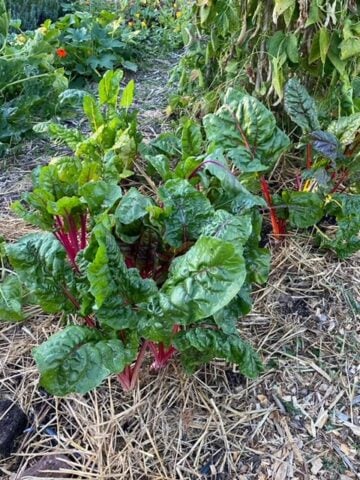
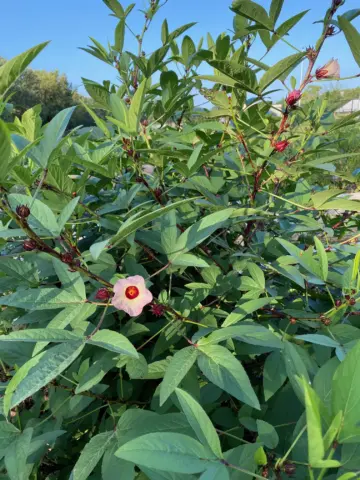
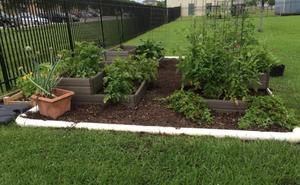
Leave a Reply